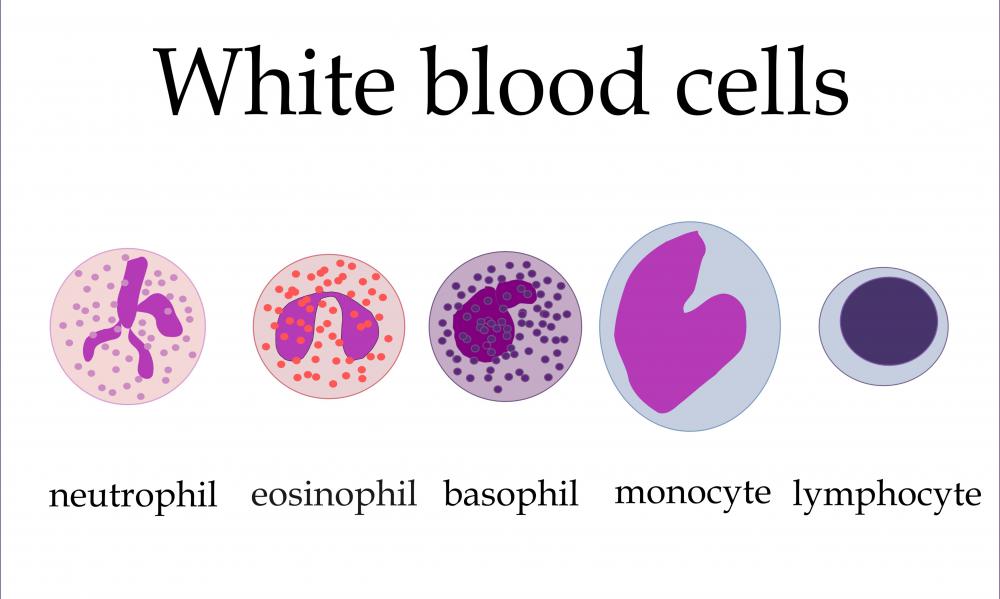At TheHealthBoard, we're committed to delivering accurate, trustworthy information. Our expert-authored content is rigorously fact-checked and sourced from credible authorities. Discover how we uphold the highest standards in providing you with reliable knowledge.
What is Lymphatic Circulation?
Lymphatic circulation is the process by which the lymphatic system circulates a clear fluid called lymph throughout the body. Lymph collects such unwelcome substances as bacteria, fatty acids, and interstitial fluid from organs and tissues, while simultaneously transporting white blood cells and other immune cells to wherever harmful invading cells are found, so that they may be destroyed. It accomplishes this by way of a network of vessels and organs that includes the lymph vessels and lymph nodes. Other structures that contribute to lymphatic circulation by producing the immune cells contained in lymph include the thymus and bone marrow. An open circulatory system, lymph travels not in a closed loop but in one direction only: toward the heart.
Lymph is a watery fluid made up of lymphocytes, a kind of white blood cell that is produced by bone marrow, the thymus, and the lymph nodes. Lymphocytes identify diseases and other foreign material in the body and attack those cells it determines to be harmful. They are carried in lymph from wherever the unwanted cells are found to the lymph nodes, where they are trapped and eliminated.

Traveling toward the heart from sites all over the body, the lymph collects interstitial fluid, the fluid that builds up between cells to the outside of their membranes. Interstitial fluid is the substance responsible for removing the waste products of cell metabolism from cells. This fluid filters it through cell walls after the cells have metabolized the oxygen, carbohydrates, fat, and other nutrients that have been brought by the blood.

These waste products, along with various electrolytes and proteins, are carried through the lymph vessels to the subclavian veins, where they are returned to the bloodstream. When blood and lymphatic circulation are limited, as when sitting for long periods, the lymph cannot remove the interstitial fluid quickly enough, and the subsequent buildup of excess fluid causes edema, or swelling.

This system of lymphatic circulation is also responsible for removal of fats from the digestive system, in the form of an opaque substance called chyle. Absorbed through the wall of the small intestine via lymph vessels known as lacteals, the chyle, which is made up of fatty acids and lymph, is transported back to the blood stream. The fats carried therein can then be utilized for energy or stored in the body as adipose tissue, or body fat.

As this is an open system with no pump like the heart to the circulatory system, lymphatic circulation occurs very slowly and is not continuous. Smooth muscle contractions in the walls of the lymph vessels and organs push the lymph along, a process known as peristalsis. In addition, the physical manipulation of skeletal muscle is said to get the lymph moving and thereby speed the removal of waste from the body.
AS FEATURED ON:
AS FEATURED ON:















Discuss this Article
Post your comments